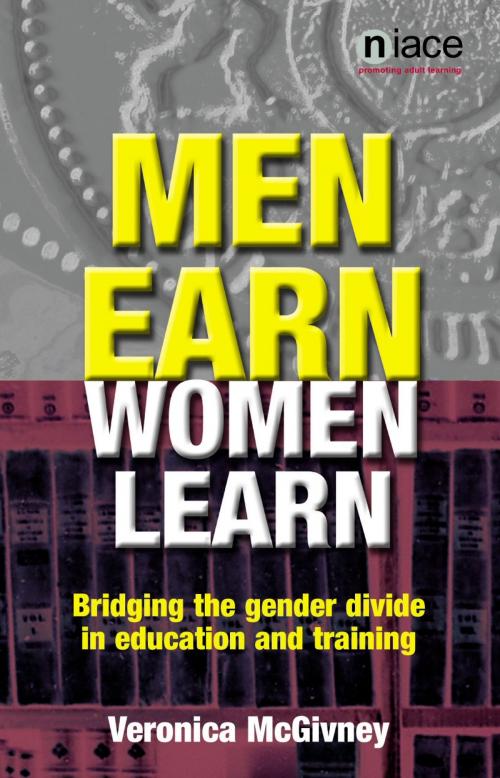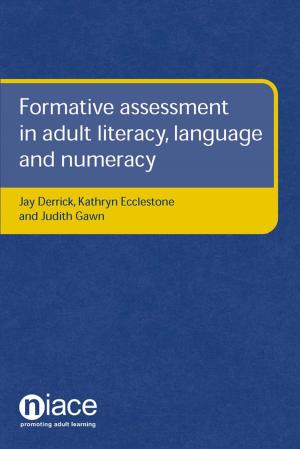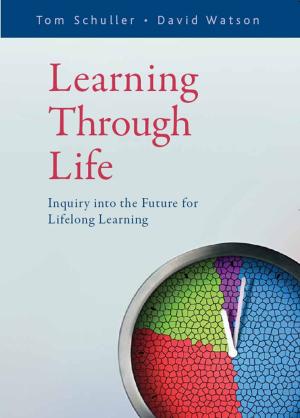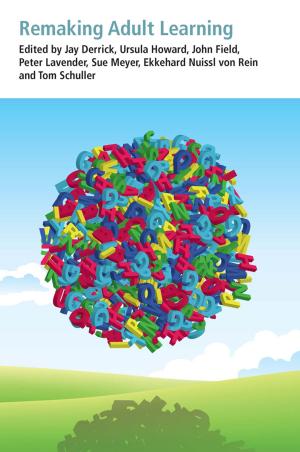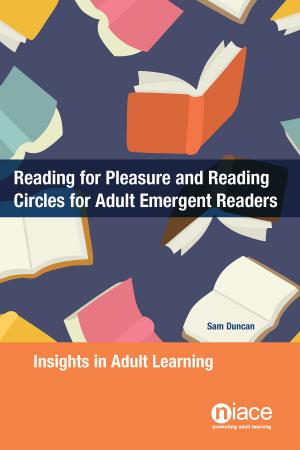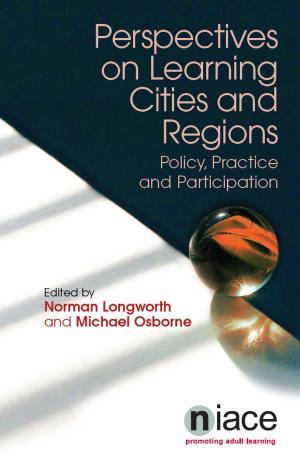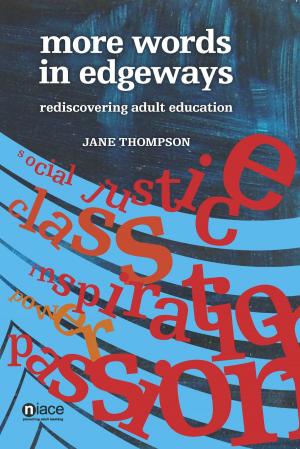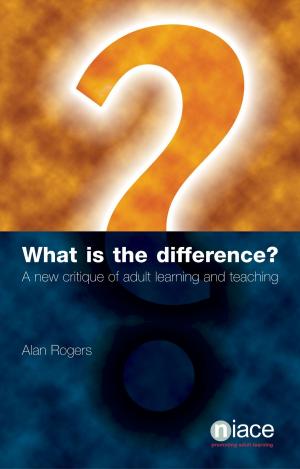Men Earn, Women Learn: Bridging the Gender Divide in Adult Education and Training
Nonfiction, Social & Cultural Studies, Social Science, Gender Studies, Reference & Language, Education & Teaching| Author: | Veronica McGivney | ISBN: | 9781862016859 |
| Publisher: | National Institute of Adult Continuing Education (NIACE) | Publication: | May 31, 2004 |
| Imprint: | National Institute of Adult Continuing Education | Language: | English |
| Author: | Veronica McGivney |
| ISBN: | 9781862016859 |
| Publisher: | National Institute of Adult Continuing Education (NIACE) |
| Publication: | May 31, 2004 |
| Imprint: | National Institute of Adult Continuing Education |
| Language: | English |
Male participation in education and training has previously been associated with the enhancement of work skills and employment prospects. As a sequel to Excluded Men, published in 1999, this book explores whether there have been any changes in men’s patterns of participation since the first study. It explores the kinds of responses providers are making to address the gender gap in participation and identifies effective strategies from current practice to help providers and practitioners who wish to attract more male learners. Based on recent education and training statistical data, findings of empirical research and correspondence and conversations with providers, researchers and individuals involved in schemes that have successfully targeted and worked with men, the report reviews recent participation data in the different education and training sectors. McGivney presents recent findings on the reasons for men’s absence from some forms of organised learning as well as from specific areas of community life and reviews some of the methods and strategies that are being employed to draw men into areas that have been becoming increasingly feminised. The findings suggest that there are still clear differences between men and women’s motivations to learn and their participation patterns. However, some progress is being made by innovative groups and providers that have increased their focus on men, and their practice, examples of which are drawn upon by the author, sheds an interesting light on what can be done to attract more men into organised forms of learning.
Male participation in education and training has previously been associated with the enhancement of work skills and employment prospects. As a sequel to Excluded Men, published in 1999, this book explores whether there have been any changes in men’s patterns of participation since the first study. It explores the kinds of responses providers are making to address the gender gap in participation and identifies effective strategies from current practice to help providers and practitioners who wish to attract more male learners. Based on recent education and training statistical data, findings of empirical research and correspondence and conversations with providers, researchers and individuals involved in schemes that have successfully targeted and worked with men, the report reviews recent participation data in the different education and training sectors. McGivney presents recent findings on the reasons for men’s absence from some forms of organised learning as well as from specific areas of community life and reviews some of the methods and strategies that are being employed to draw men into areas that have been becoming increasingly feminised. The findings suggest that there are still clear differences between men and women’s motivations to learn and their participation patterns. However, some progress is being made by innovative groups and providers that have increased their focus on men, and their practice, examples of which are drawn upon by the author, sheds an interesting light on what can be done to attract more men into organised forms of learning.
